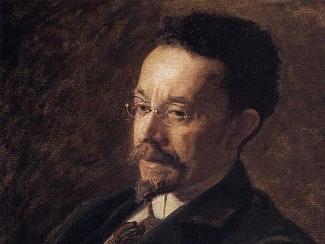
When artist Henry Ossawa Tanner arrived in the small town, sick and coughing, he thought this would simply be a restful trip to recover. He was wrong.
His doctor had recommended the trip as a way for Tanner to recover from typhoid fever. But the African Americans living in the Appalachian Mountains were the poorest Blacks he’d ever seen, and reminded him of his mother’s enslavement past. His heart ached. What could he do?
As he recovered, he began sketching their everyday lives.
In school, he’d often felt enraged by the disrespectful and dishonest way white classmates portrayed Black slaves as happy in enslavement, or lazy. Refusing to tolerate America’s racism, he had sacrificed his career and moved to France to start anew.
But he was back now - and what he was planning would confront and challenge those images.
Four years later, he revealed his masterpiece: “The Banjo Lesson,” based on those Appalachian sketches. The world was stunned!
Suddenly the plight of formerly enslaved African Americans living in dire poverty, ignored by America, was on the world stage.
Tanner used his art to combat negative images of us. We can also cultivate a positive Black self-image in our work, art and lives to combat white oppression and supremacy and uplift our people.